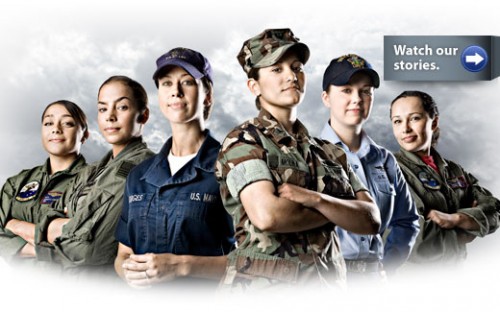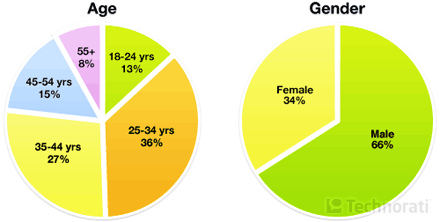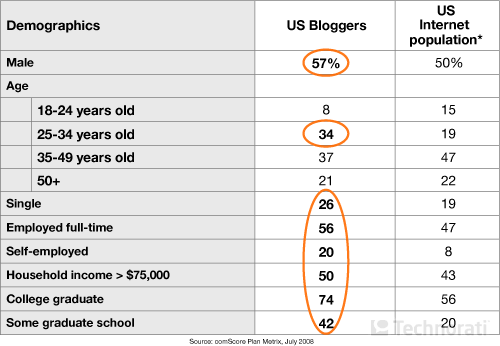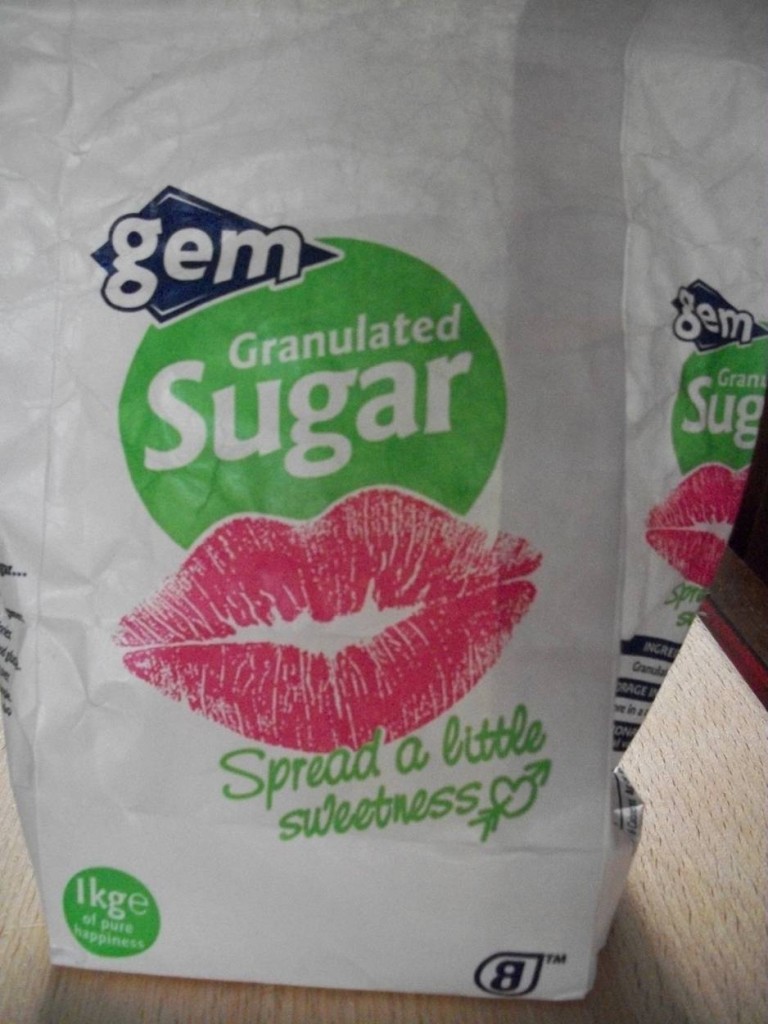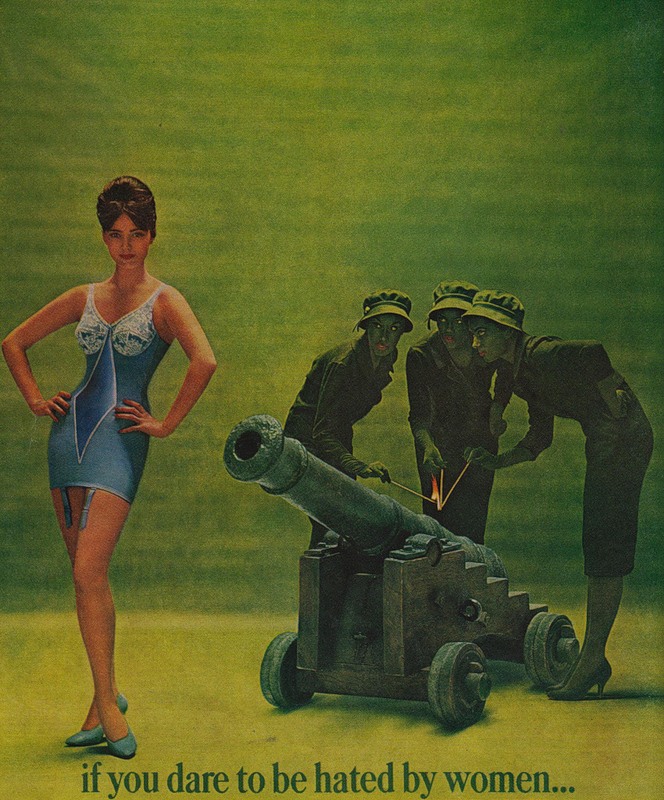Robin L. sent us this great visual, from Flare (via), that uses U.S. census data to show how work type has changed over time. The image below displays the percentage of men (blue) and women (pink) in each job between 1850 and 2000:
If you go to the interactive, you can see what percentage of all workers were of any given type, by sex, for each year.
You can also look at work by gender. Look at how women’s participation in paid work has increased over time (but watch out for the shortened y axis):
The trend for men is down and I can’t think of a good reason for why (you?), though the source explains that some modern jobs are left out because they use occupational categories from 1950.
You can also look at each job individually. This is the image for farm laborers (again, with a short y axis):
This data is great for comparative purposes, but leaves a bit to be desired in terms of capturing the whole picture because of the missing occupations.
—————————
Lisa Wade is a professor of sociology at Occidental College. You can follow her on Twitter and Facebook.


